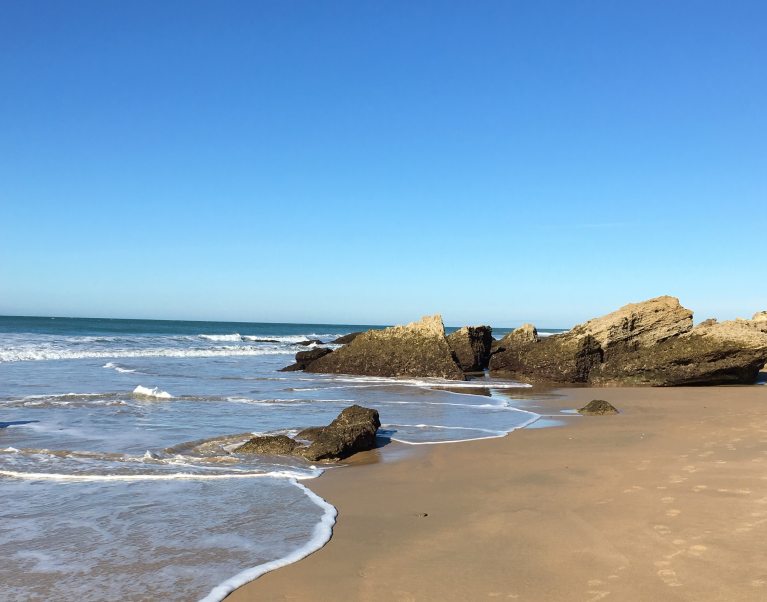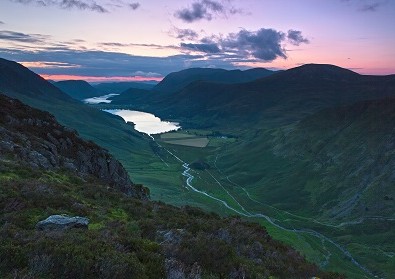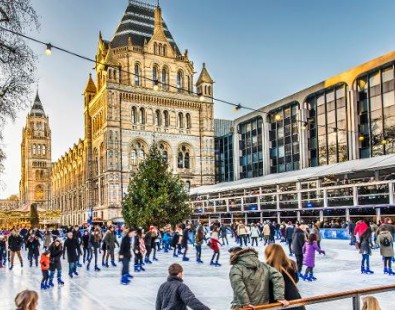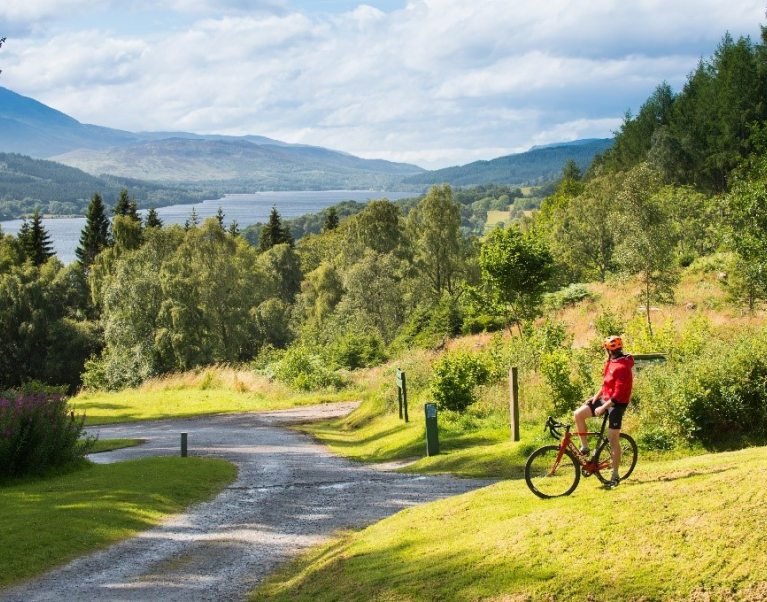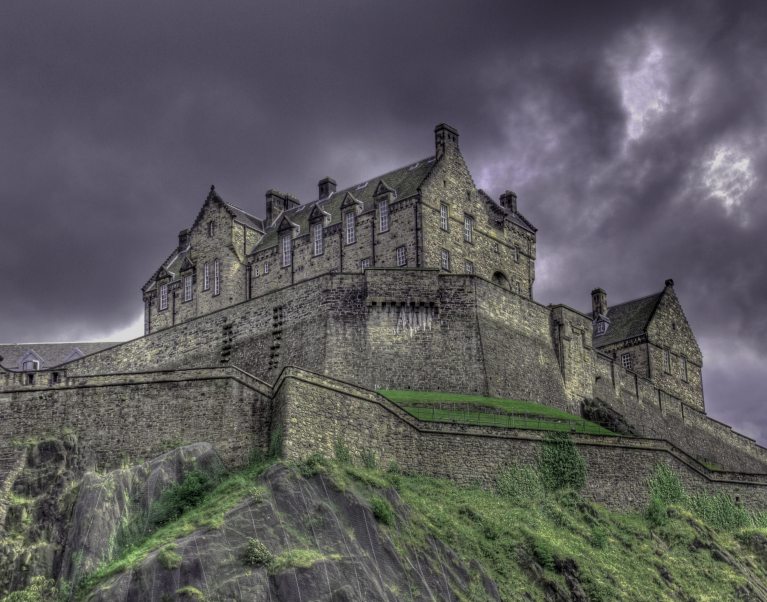Notes from Andalucia
5th February, 2018
We like to keep you updated on our travels, so here's the latest from our trip to Cadiz in the South of Spain. The region around Cadiz, along the Costa de la Luz, faces the Atlantic rather than the Mediterranean. This part of Western Andalucía is cooler in summer than other parts of southern Spain, giving travelers a chance to avoid the intense heat common so far south. Music to the ears of cyclists and walkers! It also means that the area enjoys fewer tourists and is less busy in the summer months. The comfortable climate is all due to the Levant wind that blows through due to the funneling effect of the Strait of Gibraltar to the east.
Take a walk along glorious Conil de la Frontera beach (lying between Cadiz and the Strait of Gibraltar) which runs for more than an amazing eleven miles to Cape Trafalgar. Here, you will find an unspoilt, dune backed beach – one of Spain’s best and you will also be able to spy the waters where, in 1805, Nelson defeated Napoleon in the Battle of Trafalgar.
As well as panoramic beaches, there are endless cosy coves backed by cliffs. The coastline is unique - with some stunning rock formations, in places encrusted with beautiful fossilized shells. Much of the coast of Cadiz is unspoilt, and inland there are deep, wild valleys with exotic birds for you to spot and a number of large natural parks to explore.
There‘s a glorious cycle path that runs along the coast from Huelva in the west, near the Portuguese border, past Cadiz to Tarifa at the Strait of Gibraltar. It’s not signposted or suitable for the lycra brigade but is wonderful to amble along on board walks, pavements and minor roads as it weaves through dunes, across estuaries and past the many watering holes in which to wile away the day.
Once in Tarifa take the ferry across the Strait for a day trip to explore the exciting Moroccan city of Tangier with its American Legation - the first American public property outside the US.
Andalucia is known for its mishmash of Moorish majesty and Roman relics and this area is no exception. Head inland to the hills to Midena Sidonia and view the medieval walls and Moorish cobbled streets with its three gates before taking an extraordinary walk through the Roman sewers and along an immaculately preserved Roman street where even a child’s game is still visible, etched on to the pavement. Rows of reja-fronted houses with interior courtyards, an elegant plaza where the locals gather in force to chat, and restaurant La Vista de Medina with its fabulous terrace and amazing view are all to be discovered in this little-known gem of a town.
Eat at Venta La Duquesa just outside the town if you like great service. Vejer de la Frontera is another hill-top historical delight with El Jardin del Califa, a wonderful hotel setting, serving fantastic Moroccan food in a small place that abounds with smart 2nd homes. Every town has its pastry shops – the selection of local light pastries with almonds are to die for. For savoury delights it doesn’t get much more local than Restaurant El Pastore down on the harbour front in Cabo Roche, where the catch of the day is served simply and cheaply before you climb to Roche lighthouse and take the coast path beyond through the wild landscape of pines.
Cadiz itself has an extraordinary setting on what is a very long spit with a fine fort and small beach at its promontory. Its city walls encase a fascinating medina with interesting shops and a vibrant market. It also remains an important port, protected by over a hundred watch towers. If that were not enough, it is also considered to be the oldest continuously inhabited settlement in Europe – founded 1100 years before Christ.

